You’ve likely been to the Champs-élysées in Paris or seen the cathedrals at Strasbourg and Cologne. You’ve surely been able to stand up close, beside Big Ben in London and all those were indeed fabulous trips for you and your family. But have you ever seen the world’s tallest cathedral spire or looked through the world’s oldest piece of stained glass? Have you sought out some not so popular destinations during your stay here in Germany?
Germany has so much to offer and many exciting things close to us get overshadowed by all the must-do touristy trips we end up taking during our time here. All of the spots listed below are easily accessible from autobahns, with many hotel and lodging opportunities, and not too costly to undertake.
Augsburg
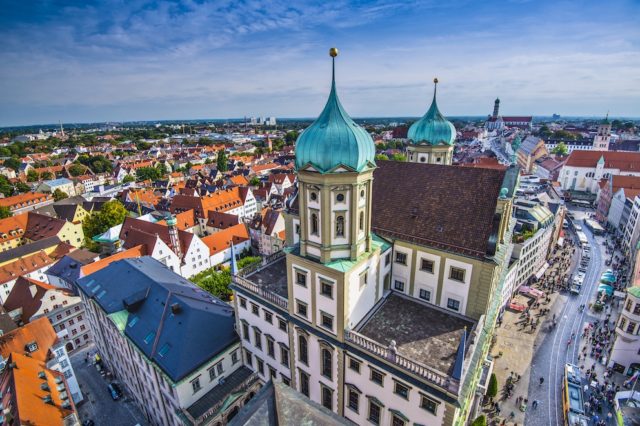
The world’s oldest examples of stained glass date back to the 11th century and can be found inside the Augsburg Cathedral in southern Germany, just above Munich. These “Prophet Windows” are extraordinary to glimpse and give the visitor a sense of time and place, considering all the people that have come and gone through those halls since medieval times.
Also in Augsburg is the Fuggerei, a housing estate created by fabled Jakob the Rich and a community unto itself. Tour the maze of apartments and other dwellings that became a centerpiece for affordable living while all properties around it routinely escalated in price for €6.50. Afterwards, visit the Riegele craft beer brewery. Family-owned for almost 200 years and with history tracing even further back, Riegele is a place to relax and take inventory of locally created as well as select imported beers that are popular in the region.
Bamberg
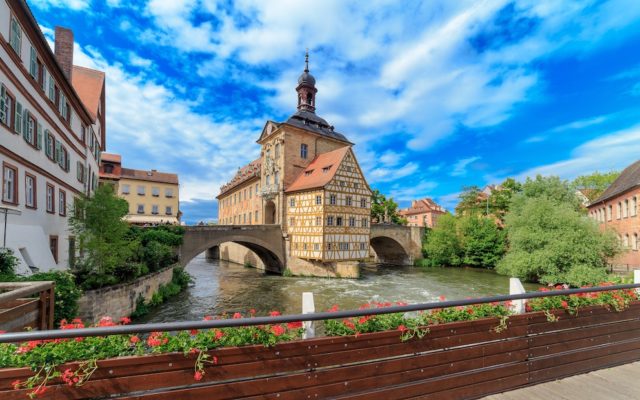
Have you ever been to Bamberg? It’s a small town close to Nuremberg where the long-preserved St. Michael’s (Michelsberg) Monastery is currently part of ongoing revamping and improvements. Parts or all of the church are visible from outside but the church cannot be visited inside at the moment, as comprehensive restoration work is necessary and will probably take some years. Tap into a smoked beer or other refreshment at one of the old town pubs and decide what else suits your fancy.
Bamberg, with its beer pubs also is home to the often-overlooked Altenburg castle, several other free or inexpensive cultural buildings, and lots of baroque architecture that gives an old-world feel to the city. Bamberg is less than 60 kilometers from Nuremberg, the site of the post World War II criminal trials and makes for another destination while you are in the area.
Homburg
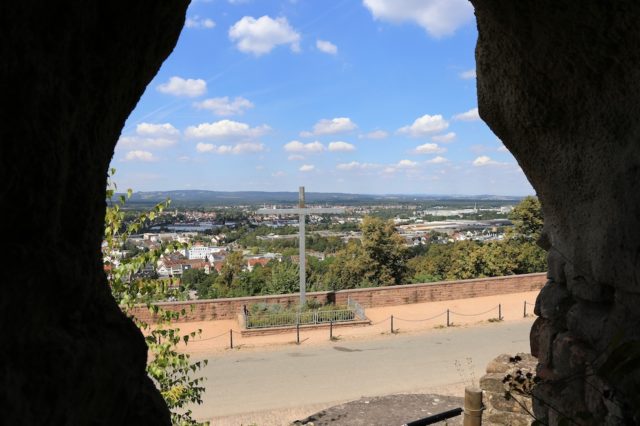
Castle ruins in Homburg, just a 30-minute drive along A6 toward Saarbruecken, are the best you might have seen, with drawings and plans that show exact layout and floorplans of what used to be there. There are caves that served various purposes and are located underneath the castle complex. Dress warm for the caves are at pretty much a constant cool temperature for exploring in any season and they can give the visitor an idea of ways of life from another time period.
There is a fun and spacious park close to downtown with an extremely shallow pond that has a children’s pirate ship at its center. Children can get on tiny boats and use poles to push themselves out to examine the ship. The park also has a rock climbing wall, a miniature golf course, and large, open fields for volleyball, and other outdoor or ball games. Teenagers and younger kids alike will find this place appealing.
Metz
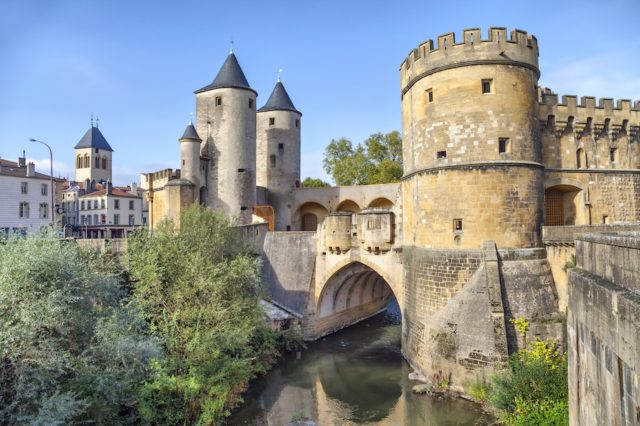
Visitors who make the stop at Voelklingen might continue westward across the border to Metz, France. Aside from the well-documented St. Stephen cathedral and another antiquated religious building, St. Pierre aux Nonnains, flea markets, small wineries, bistros and pubs, and a few children-themed places to let the kids blow off steam are scattered throughout the town.
The Porte Des Allemands is a 13th-century, twin-towered structure that once stood in the path of invading forces in the region. It features a walking area that winds through the building and several shops and restaurants are situated nearby. Just blocks from the towers is Eglise St. Maximin, one of several churches and noteworthy for its blue-hued, modern stained glass that was installed under the direction of its creator, 1960s artist Jean Cocteau.
Regensburg
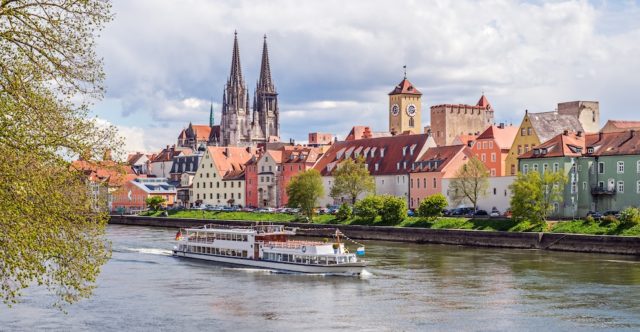
The Gothic-themed town of Regensburg is also within an hour of Nuremberg and rests peacefully on two sides of the Danube River. Many buildings and monuments in and around the city date back hundreds of years and the area has been given UNESCO Heritage status. The town resembles Kaiserslautern in that it has a university and population of over 150,000 but there is much more of a homey, laid-back feel to this city and the ones adjacent to it.
While in Regensburg, a memorable stopping point is the Historische Wurstkuchl. This is a sausage-themed restaurant that has been serving the regional delicacies for nearly 900 years. Ask the counter person for a suggestion of a well-known meaty menu item and several senf (mustard) offerings are sure to pique your tastebuds. Also, check out Neupfarrplatz — an underground discovery point boasting exhibits from Roman artifacts to war bunker hideaways.
Saarbruecken
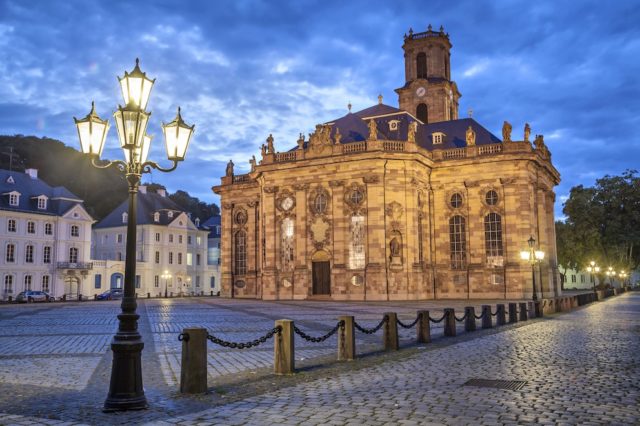
Closer to home here in the KMC, the Voelklinger Iron Works tour near Saarbruecken is time well spent. The compound gives a glimpse to what life was like as this region evolved away from an agrarian dependence and toward the Industrial Revolution. While there are older sites of this kind, the Voelklinger Works is surely the most well maintained because it was in operation until the 1980s.
Nuremberg
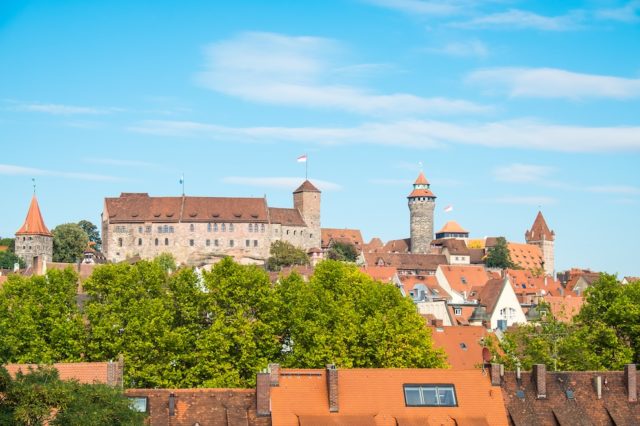
Best known as the site of post World War II criminal trials, Nuremberg has much more to offer. If art and culture museums are your thing, the history of musical instruments, clothing, fashion, and transportation are all broached in the Germanische National Museum at Nuremburg. Also downtown and worth a few hours of time is the Spielzugmuseum, which is devoted to telling the story and tracing the evolution of toys from the Middle Ages to current times.
Interesting caves below Kaiserburg Castle captivate visitors here and a 15-minute trek will take you to the top of the hill overlooking the city. There is a tower attached to Kaiserburg where you can see out of several open windows, each surrounded by photos that show views of the city at various pre-war and post-war intervals. Comparing the photos to the current vista views is unique and old buildings around the city serve as reference points to then and now.
Many families have said the most favorite thing they have experienced in Nuremberg is the children-themed Easter market. An indoor water park called Kristal Palm Beach is also great for kids and worth the extra investment to gain entrance. If you are without children and want to totally unwind, there is a sauna area for adults where clothing is optional.
Mainz
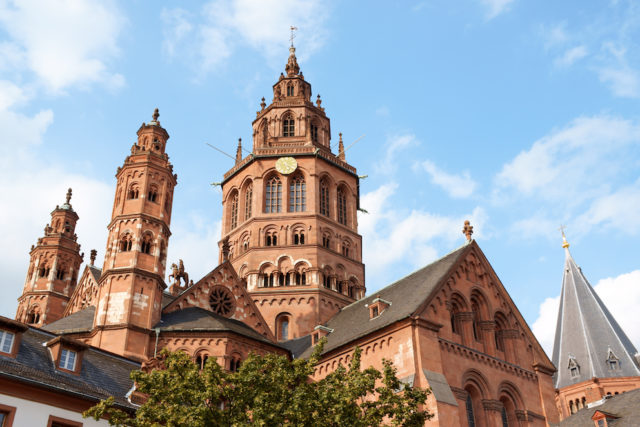
Northeast of Kaiserslautern is the Rhine River town of Mainz. It is here that you simply must come before your time is up, for a visit to both the Gutenburg Museum and to trace Martin Luther’s path to reforming religion into what we know it as today. Taking time out to drive south for 30 minutes and see Worms, where Luther appeared in front of Roman emperor Charles V in high court, might inspire you to seek out more Luther-related spots in German towns north of Frankfurt.
Altstadt is the old town portion of Mainz and a place to find authentic servings of sausage and beer, varying representations of medieval architecture, and lots of walking space for shops, pubs, coffee houses and photo opportunities. A day in Mainz is not enough and it’s probably worth the traveler’s while to book a room somewhere and stretch the experience. The printing press and ancient bible memorabilia take time to get a handle on, so plan accordingly and give yourself time to digest the information.
Worms
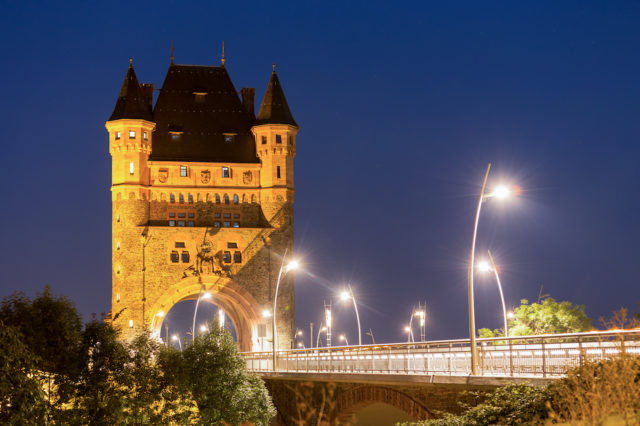
Downtown Worms has a walking tour that traces some of Luther’s steps. The city also has castle ruins that are different from castles on the Rhine River hills, as they are set right in the middle of downtown. There is a convenient parking garage area with inexpensive day rates plus many restaurants and shops to fall into.
For U.S. government employees, including service members, remember to always follow command regulations, which may be different than host nation policies when it comes to travel.


